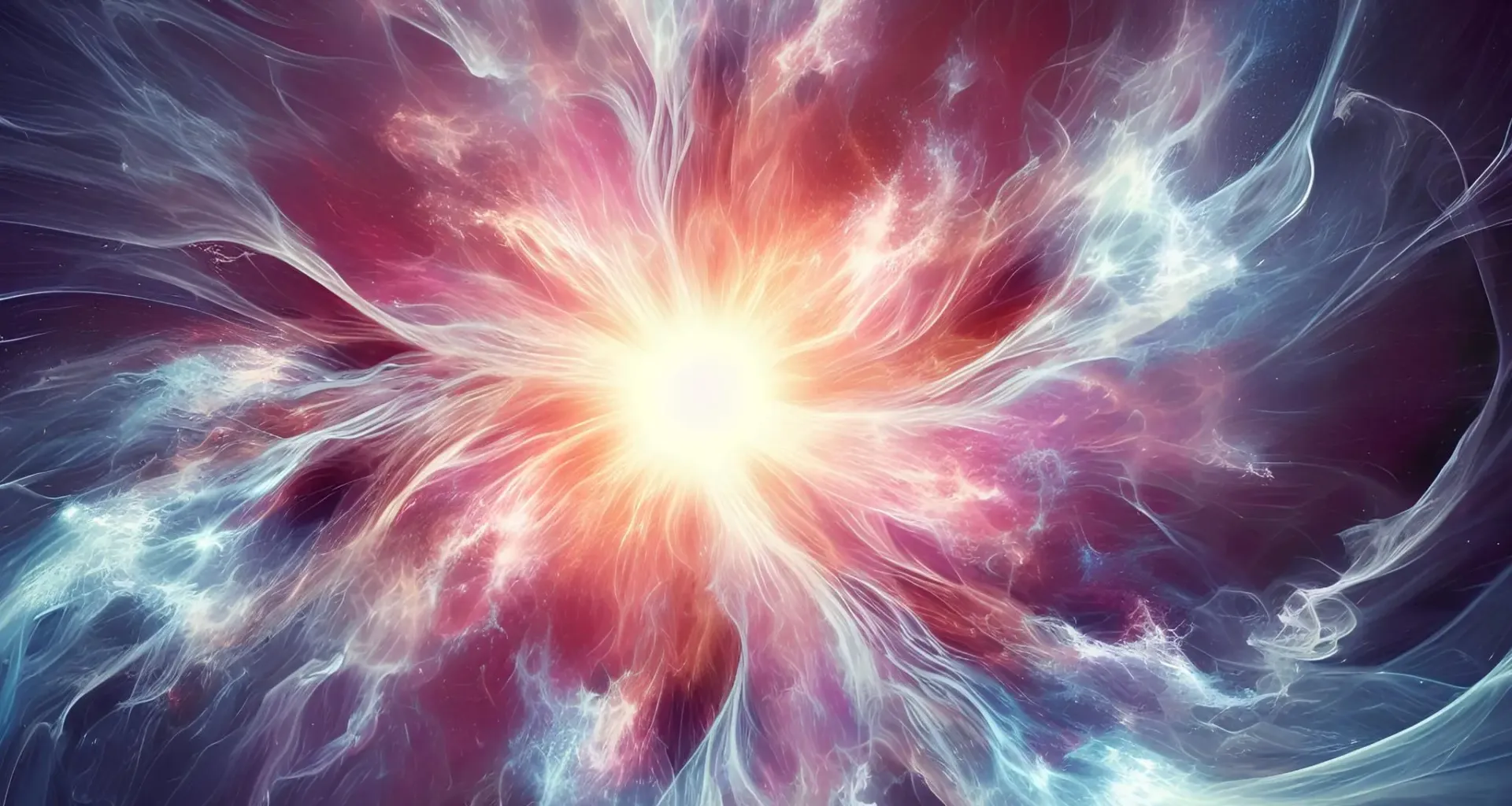Heavy Element Formation Through Star Dissolution
Heavy Element Formation: Unveiling the Astonishing Role of Star Dissolution
Context: The origin of heavy elements such as uranium, thorium, and plutonium remains one of the most challenging open questions in physics. A Los Alamos National Laboratory-led team has proposed a novel framework suggesting that high-energy photon jets emerging from collapsed stars could dynamically produce free neutrons, enabling the formation of heavy elements through the rapid neutron-capture process (r-process).

Background: Traditional Understanding of Heavy Element Formation
Extraterrestrial Evidence: Heavy Elements in Deep-Sea Sediments
- Iron and plutonium deposits found in deep-sea sediments have been confirmed as extraterrestrial.
- While the exact cosmic event behind these remains unclear, the high-energy jet dissolution of stars stands as a plausible source of these heavy elements.
- Heavy elements require extreme conditions for their creation, involving a copious abundance of free neutrons.
- Known processes like the r-process are critical but occur only in rare cosmic environments, traditionally thought to involve events like neutron star mergers or supernovae.
- Free neutrons have a short half-life (~15 minutes), making their availability a significant limiting factor for heavy element nucleosynthesis.
New Hypothesis: Star Dissolution via High-Energy Photon Jets
- In the proposed framework, when a massive star collapses and forms a rapidly spinning black hole, it can launch a high-energy jet through the star’s outer layers.
- These gamma-ray burst jets interact with stellar material, causing:
- Photodissociation of atomic nuclei into free protons and neutrons.
- Conversion of protons to neutrons via photon interactions.
- Neutrons, being chargeless, escape into the surrounding cocoon, while protons, due to their charge, remain trapped in the magnetic field of the jet.
Key Processes Involved
- Creation of free neutrons through interactions between high-energy photons and stellar nuclei.
- Rapid neutron production occurring in an incredibly short timescale (~nanoseconds).
- Relativistic shocks leading to extremely dense neutron environments, ideal for initiating the r-process.
- Formation of heavy isotopes, which are then ejected into space as the star disintegrates.
Significance of the Framework
- Dynamic neutron generation: Unlike pre-existing neutron-rich environments, this model proposes dynamic neutron creation inside stars.
- Multiphysics integration: The process involves all four fundamental forces—strong, weak, electromagnetic, and gravitational—making it a true multiphysics problem.
- National security applications: Insights into neutron transport, multiphysics simulations, and rare event observations could have implications for nuclear security and defense technologies.
Addressing Outstanding Challenges
Heavy isotopes created during the r-process in these scenarios have never been synthesised on Earth.
Possible Explanation for Kilonova Phenomena
- The framework may help explain kilonovas—optical and infrared radiation bursts traditionally linked to neutron star mergers.
Star dissolution via high-energy photon jets provides an alternative explanation for these bright phenomena, expanding the scenarios in which heavy elements and kilonovas can originate.
- Properties such as their atomic weight, half-life, and nuclear structure remain largely unknown.
- Future simulations involving complex microphysics interactions are essential to fully validate and understand the model.
Conclusion
- The new framework opens an exciting frontier in understanding the cosmic origin of heavy elements.
- It highlights the complex interplay of high-energy astrophysics, nuclear reactions, and fundamental forces in shaping the universe’s elemental composition.
- Future experimental studies and advanced simulations are vital to further test and refine this promising hypothesis.
